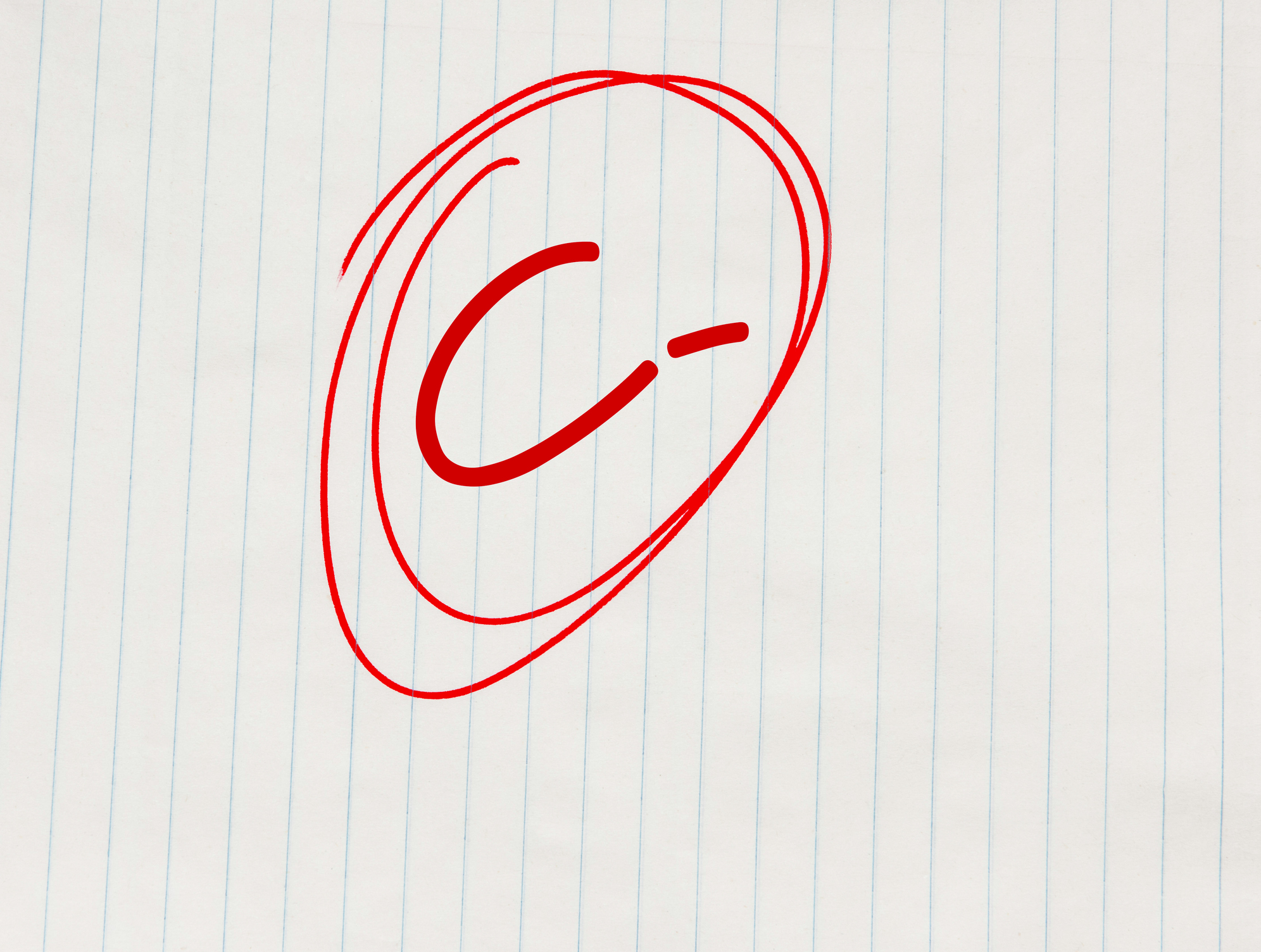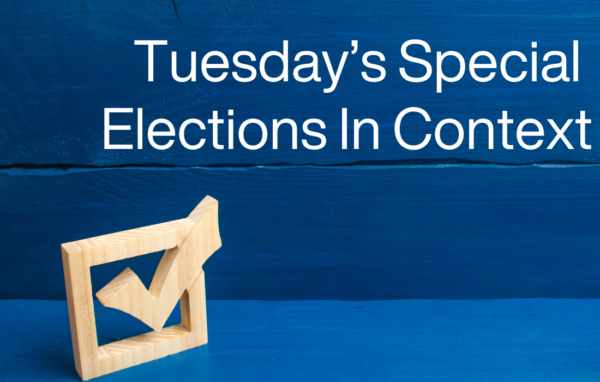Earlier this month, the Center for Reinventing Public Education released a report intended to answer the following question: how easy would it be for a parent or advocate to compare student performance pre- and post-COVID? The answer, following the report’s analysis of the ease of finding student performance data and other metrics, was that it was not at all easy for a large number of states.
All 50 states and the District of Columbia were assessed based on the ease with which researchers were able to find pre- and post-Covid data on a variety of metrics, including student achievement levels and achievement growth in English language arts, math, science, and social studies. Overall, 13 (25%) earned an F for the ease with with their longitudinal data could be found. (In some cases, the longitudinal data was not available at all). Only 7 (14%) earned an A for the ease with which their longitudinal data could be found, with 9 (18%) earning a B, 14 (27%) earning a C, and 8 (16%) earning a D.

It’s important to note that the CRPE report was not intended to measure the quality of an individual state’s report card. The report itself noted that some states that had earned Fs nevertheless had easily navigable and “visually appealing” report cards. Rather, this report focused on whether states made it easy to compare pre-Covid data with post-Covid data across a variety of metrics. On balance, the answer was no, and even in “A” states, researchers still had trouble finding some of the metrics and/or disaggregated student data.
Still the lack of readily available longitudinal data means the work of ensuring students are getting caught up is that much harder. From the February survey for Winning the Issues, only 11% of voters thought students were where they normally would have been in their learning even accounting for the Covid disruptions. On the other hand, 27% said that they were significantly behind.







